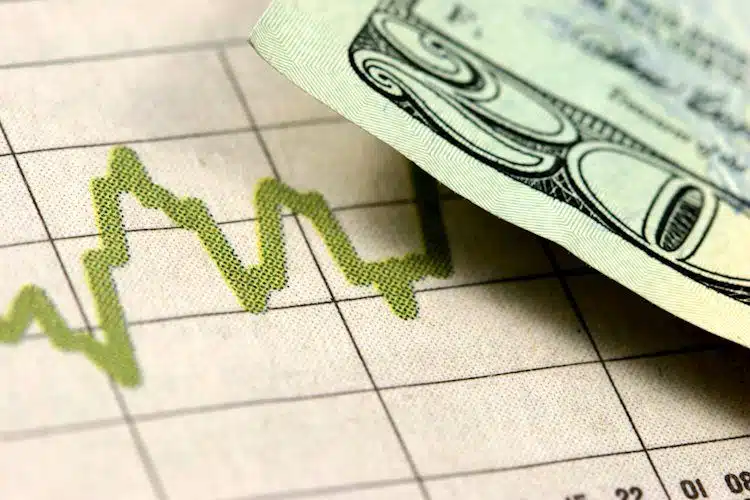dollar’s downtrend is persisting in the market this week with the US Dollar Index (DXY) breaking below the long-term support level of 90.00. Although it surged on Thursday, the DXY failed to hold onto its gains, surrendering a part of its advance on Friday as the currency pair’s bullish momentum faded.
At the start of the week, the dollar was still under pressure from uncertainties surrounding the US Federal Reserve’s policy stance. Fed chairman Jerome Powell has recently reiterated that the central bank remains committed to keeping interest rates near zero and its monthly bond purchases until the economy recovers from the pandemic-induced crisis. This has kept the US dollar on the backfoot, as it lost its safe-haven status amid mounting concerns about the US political and economic outlook.
Moreover, the greenback’s downtrend is driven by a combination of factors that have been brewing for some time now, including the US’s huge trade and budget deficits, a rising anti-dollar sentiment among investors, and the ongoing Covid-19 crisis that has caused immense disruption to the US economy.
Since the turn of the year, the DXY has declined approximately 15% against a basket of major currencies, including the Japanese yen, euro, pound, and Canadian dollar. The bearish trend has been consistent enough to indicate that the dollar may end up facing more downside pressure until it finds solid support.
Additionally, the current market sentiment surrounding the US currency has been weakened further by the rising tensions between the US and China. The Trump administration’s strong-arm tactics against China have been a significant factor in ramping up tensions between the two biggest economies, as they continue to spar over issues such as trade, technology, and security.
One of the primary drivers of the dollar’s weakness is the Federal Reserve’s monetary policy stance. Its emphasis on low interest rates and its ongoing bond buying program to support the US economy has been a significant contributor to a decline in the value of the dollar. The Fed has kept rates near zero throughout the pandemic, and this trend is set to continue until the unemployment rate falls to pre-pandemic levels of around 3.5%.
The low interest rates have also contributed to a higher degree of liquidity in the financial markets, which has led many investors to seek riskier assets instead of holding on to safe-haven ones such as the dollar. This has acted as a further stimulus to the relative decline of greenback.
Another factor driving the dollar’s weakness is the US’s current account deficit, which has been swelling since the 1990s. The gap between the country’s imports and exports is now at an all-time high, reaching over $600 billion in 2020. This has led to a significant outflow of dollars from the US to other countries, increasing the supply of dollars and, therefore, putting downward pressure on its value.
Furthermore, data released by the US Treasury showed that China, the largest holder of US debt, had reduced its holdings of US treasuries for the sixth successive month, a development that further weighed on the dollar.
In conclusion, the US dollar is likely to struggle for the foreseeable future, given the negative factors affecting its value. The Federal Reserve’s monetary policy stance and ongoing efforts to support the economy, combined with the US’s huge trade and budget deficits, are likely to keep the dollar under significant pressure. Additionally, mounting geopolitical risks, such as the tensions between the US and China, are making the greenback less attractive to investors.
As the dollar index continues to surrender gains, breaking key support levels, technical analysts are drawing attention to the significant downside risks for the dollar. Looking ahead, it is important to keep an eye on any developments that could impact the US currency’s value in the months and years ahead. It is worth noting, however, that the dollar has been able to recover from periods of weakness in the past, and it is possible that it could eventually bounce back should economic fundamentals shift in its favor.


